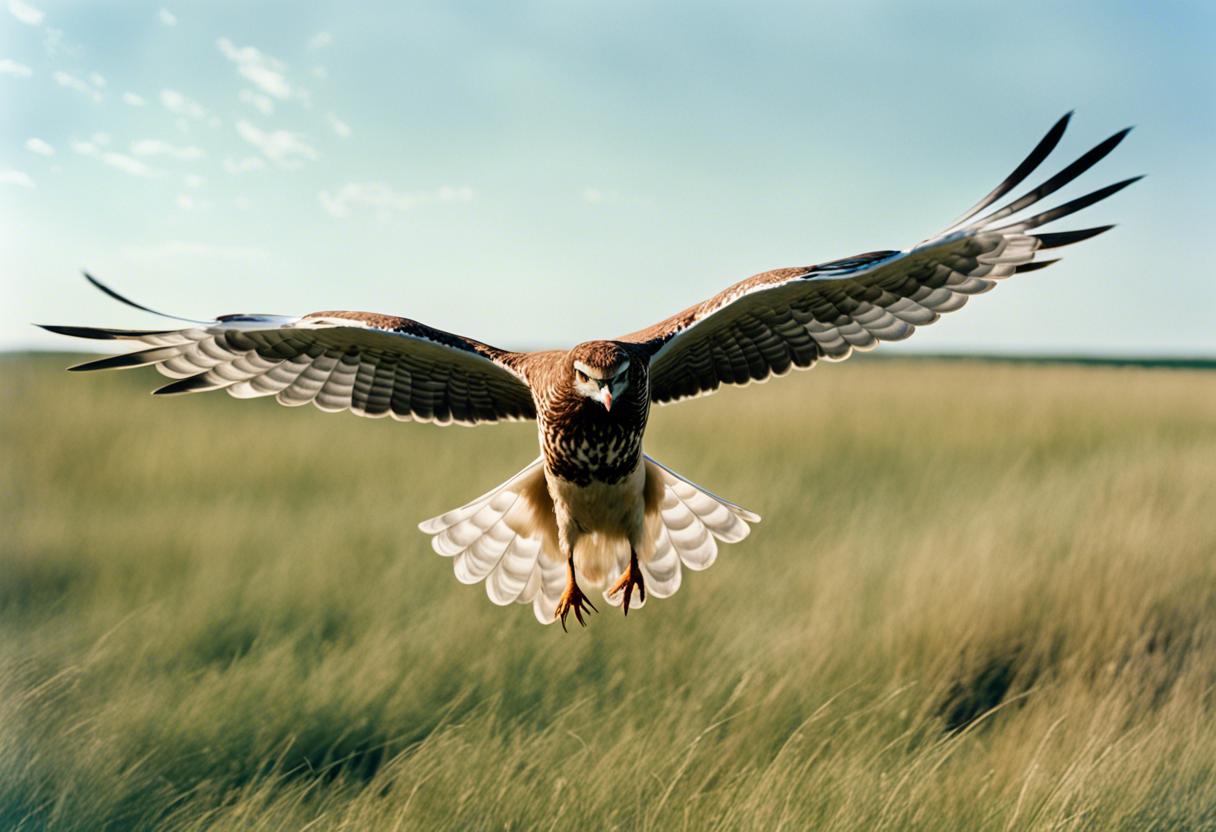In an attempt to preserve hen harriers, one of the most at-risk bird species of Ireland, farmers are being encouraged to dedicate a larger portion of their land for the bird’s conservation. Monitoring of this rare predatory species dates back to 1998 in the country, and six designated protection zones were established by 2007 to safeguard their dwindling numbers.
Nevertheless, all but one of these zones has witnessed a persistent drop in the hen harrier population. Recent data from a 2022 study shows a near one-third decrease in their numbers from 2015.
In 2015, between 108 and 157 pairs of hen harriers were recorded across the Republic of Ireland. However, current estimates place the breeding population somewhere between 85 and 106 pairs. This shows a shocking 59% decrease since the inaugural nationwide survey conducted between 1998 and 2000. Factors such as changes in land use and a consistent loss of nests due to predation have resulted in the loss of suitable habitats for the bird. Scientists are also concerned about their low breeding rates and high mortality rate among juvenile birds during their first winter. The species could potentially become extinct in Ireland by the middle of the century if this decline continues.
Hen harriers, famous for their intricate sky dance performed by males and females, once flourished in Ireland. However, practices such as intensive farming and deforestation caused their numbers to drop drastically in the first part of the 20th century. While an increase in afforestation initially raised their numbers, a steady decrease has been observed since the 1970s.
The National Parks and Wildlife Service (NPWS) has made saving the hen harriers a primary environmental goal this century, albeit with limited success. A public consultation compiled over 2,000 suggestions regarding their future conservation and the best strategies to save them.
The publication of a new threat response strategy for the hen harrier has been announced, set to be in place for the next four years until 2028. The plan will offer financial rewards to landlords whose sustenance depends on areas designated for the protection of hen harriers – Special Protection Areas (SPAs). It calls upon them to trade off commercial agriculture in favour of the bird’s conservation.
The scheme’s success, the document asserts, is dependent on the arrangement of sufficient aid, both financially and otherwise, to help farmers and landlords manage their properties in a manner favourable to the hen harriers.
Coillte, the owner of about 40% of the SPAs, is faced with the challenge of the woodland maturation bottleneck. This situation arises approximately 15 years into a forest’s life cycle when the canopy closes, creating an unwelcoming environment for hen harrier breeding.
The report acknowledges the potential disagreement between protecting hen harriers and managing forests. In response to this, a trial initiative will be carried out in the Slieve Bloom SPA to observe the collaborative work between Coillte and the NPWS.
Minister of State for Nature, Heritage, and Electoral Reform, Malcolm Noonan, unveiled the plan in the Slieve Bloom mountains. He emphasised the hen harrier’s predicament as a representative of larger national biodiversity issues, with many species threatened. He stressed the need for our keen focus and strategic approach towards execution. He admonished us to grab hold of the opportunities provided by this plan in order to bring about substantial transformation in landscape management and secure our most vulnerable species.

